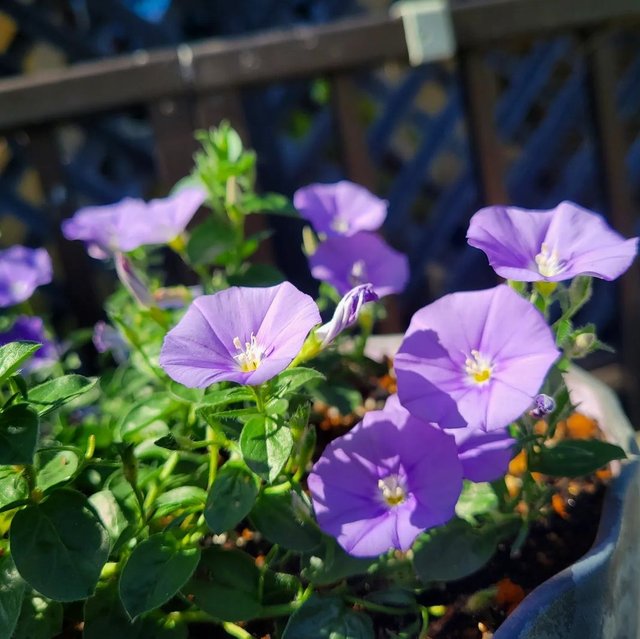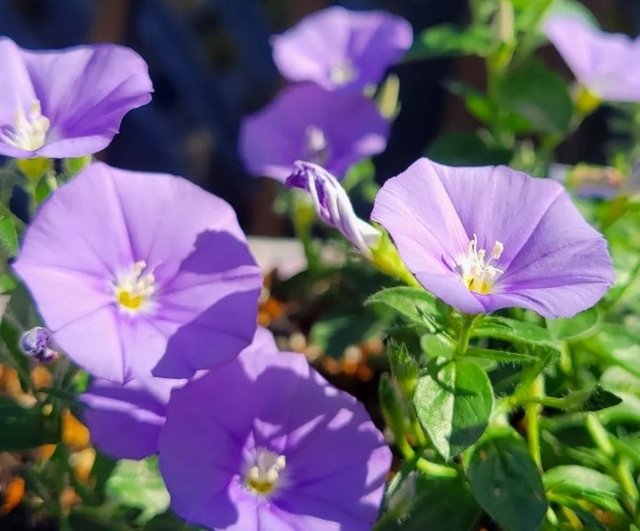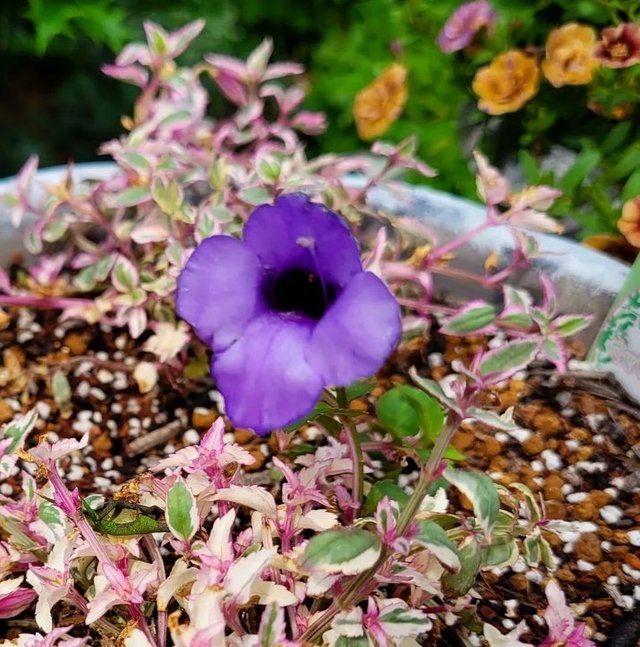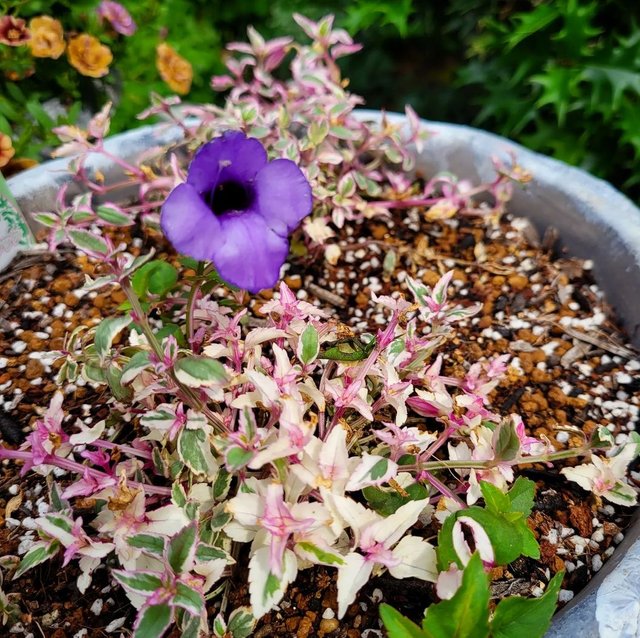Field Bindweed Flower




In the intricate tapestry of nature's creations, few plants evoke as much awe and frustration as the field bindweed. With its delicate, trumpet-shaped flowers and creeping vines, this perennial herbaceous plant holds a paradoxical place in the botanical world, simultaneously admired for its beauty and reviled for its invasive tendencies.The field bindweed, belongs to the morning glory family, Convolvulaceae. Its flowers, typically white or pink with a hint of pale blue, bloom from spring to autumn, adorning fields, meadows, and gardens with their ethereal presence. Each flower, though small in size, carries a subtle elegance, drawing the gaze of passersby and attracting pollinators such as bees and butterflies.
However, beneath its charming facade lies a formidable adversary for gardeners and farmers alike. Field bindweed is notorious for its aggressive growth habits and tenacious root system, which can extend deep into the soil, making eradication a daunting task. Its vines twine around neighboring plants, smothering them and competing for vital nutrients and sunlight. Left unchecked, a single plant can rapidly colonize vast areas, turning cultivated fields into tangled thickets of greenery.
Despite its reputation as a nuisance, field bindweed possesses a resilience that commands respect. It thrives in a variety of environments, from temperate regions to arid landscapes, displaying a remarkable ability to adapt and persist in the face of adversity. Its deep-reaching roots enable it to survive droughts and harsh conditions, ensuring its survival even in the most unforgiving habitats.From a botanical perspective, field bindweed serves as a fascinating subject of study, offering insights into plant behavior, ecology, and evolutionary adaptations. Researchers are intrigued by its ability to undergo rapid vegetative growth, producing new shoots from its extensive root system and spreading horizontally to colonize new territories. Understanding the mechanisms behind its invasiveness may provide valuable insights for managing and controlling other invasive species in the future.
Gracias
